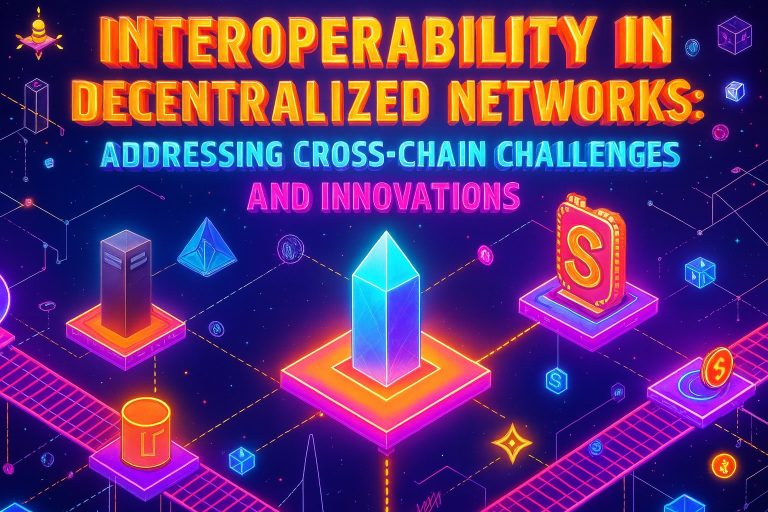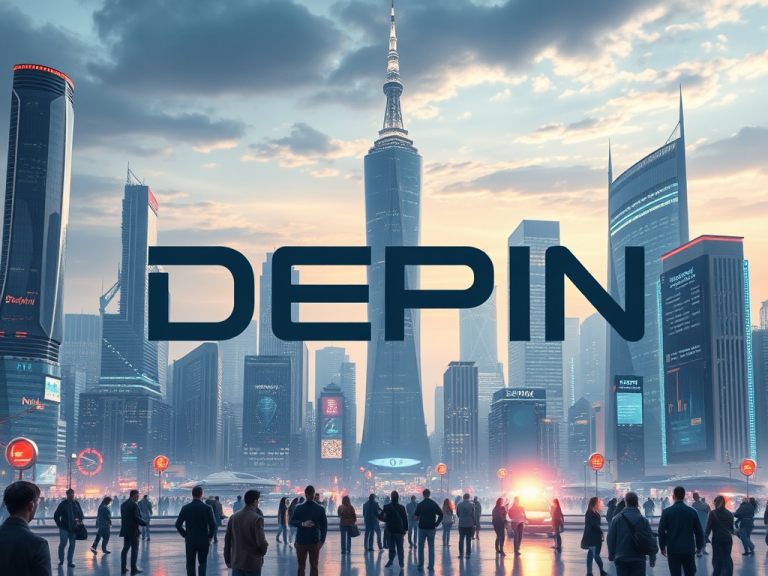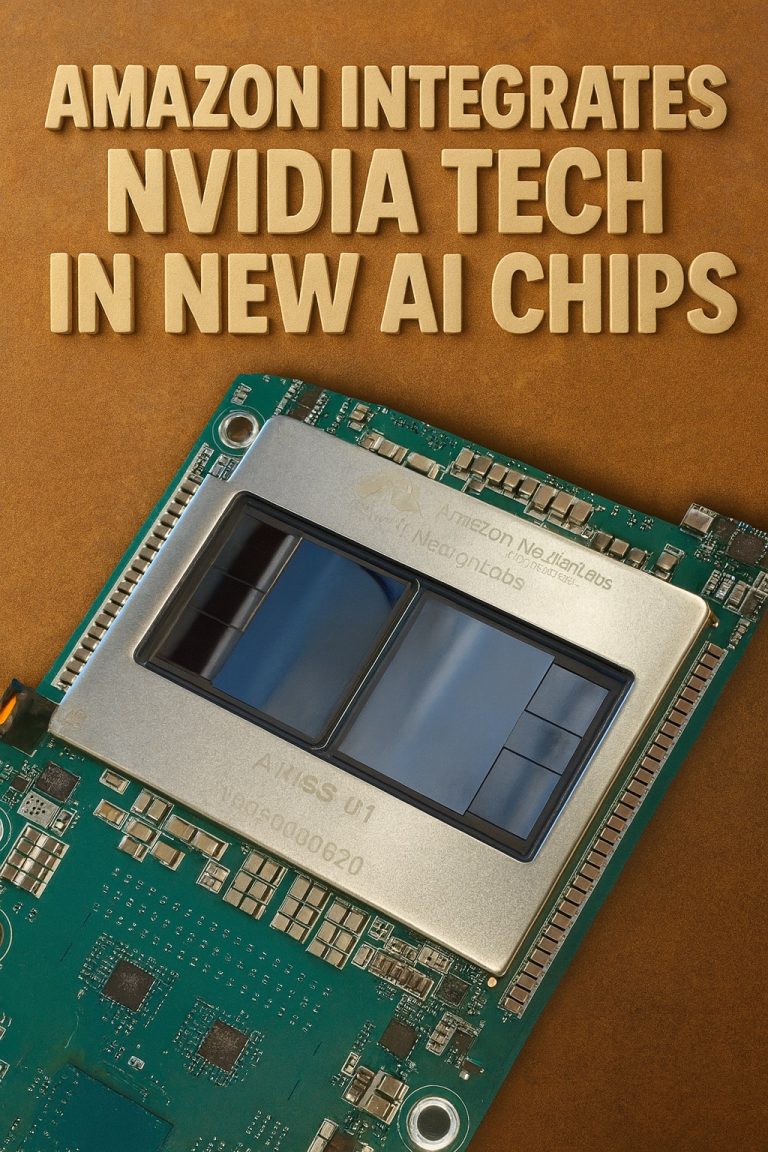
Decentralized Physical Infrastructure Networks (DePIN) are at the forefront of a transformative wave in blockchain technology, reshaping how we think about infrastructure. By creating user-driven networks for computing, storage, connectivity, sensors, and more, DePIN not only empowers participants but also fosters a more equitable distribution of resources. This approach leverages token incentives and permissionless participation, effectively challenging traditional infrastructure models that have long relied on centralized entities. This shift unlocks new avenues for ownership and governance, heralding a new era in how we engage with physical assets.
Origins and Evolution of DePIN
The concept of DePIN is rooted in early efforts to connect real-world infrastructure with blockchain systems. While the term itself gained traction in 2023 and 2024, the foundational ideas can be traced back to pioneering projects like Helium and Filecoin. These groundbreaking initiatives demonstrated that individuals could contribute physical resources—such as bandwidth or storage— in exchange for cryptocurrency rewards. This not only validated the potential for community-owned infrastructure but also laid the groundwork for a broader movement centered around decentralized networks.
As these experiments progressed, they evolved from isolated projects into a comprehensive ecosystem that now spans multiple sectors, including energy, telecommunications, and transportation. DePIN represents a significant shift away from traditional, centralized models of infrastructure provisioning. It fosters open, incentivized networks that allow for more democratic participation in resource management. This transformation fundamentally alters how physical infrastructure is deployed, owned, coordinated, and governed.
Impact on Infrastructure Management
The implications of DePIN extend far beyond the technical aspects of blockchain. By decentralizing infrastructure, we can expect a more resilient and adaptable system. For instance, in energy networks, local communities can generate and share renewable energy, reducing their dependence on large utility companies. In telecommunications, users can offer connectivity services, creating a more robust and less monopolized network. This shift not only enhances efficiency but also promotes sustainability and local empowerment.
Moreover, DePIN facilitates innovative governance models. Instead of hierarchical structures dominated by a few stakeholders, decentralized networks allow for collective decision-making. Token holders can vote on crucial issues, such as network upgrades or resource allocation, ensuring that all voices are considered. This participatory approach fosters a sense of community and responsibility among users, making them active contributors rather than passive consumers.
The DePIN Ecosystem
The DePIN Report serves as an essential resource for understanding the rapidly evolving landscape of Decentralized Physical Infrastructure Networks. It offers a detailed, data-driven overview of the ecosystem, highlighting key players, emerging trends, and the challenges and opportunities that shape its trajectory. By consolidating data from leading DePIN projects, funding movements, market dynamics, and technological advancements, this report provides a comprehensive view of the sector’s development over time.
Key players in the DePIN space include not only blockchain projects but also traditional industries that are beginning to recognize the value of decentralized solutions. Companies are exploring partnerships with DePIN initiatives to leverage the benefits of decentralized infrastructure, enhancing their operational efficiency and customer engagement.
Future Prospects
As DePIN continues to redefine global infrastructure through decentralized coordination, its potential seems limitless. From smart cities that utilize decentralized networks for resource management to global supply chains that benefit from increased transparency and efficiency, the applications are vast and varied.
Stakeholders, including investors, policymakers, and technology developers, must stay informed about these developments. Understanding the nuances of DePIN will be critical for engaging meaningfully in its future growth. The insights gathered in the DePIN Report will empower these stakeholders to navigate this complex landscape, fostering collaboration and innovation in a decentralized world.
In summary, the DePIN movement is more than just a technological evolution; it is a paradigm shift that promises to reshape how we think about and interact with physical infrastructure. As we move forward, the insights from this report will be invaluable in steering the future of decentralized infrastructure towards a more inclusive and sustainable model.
Source: theblock.co Edited : Bernie S.






